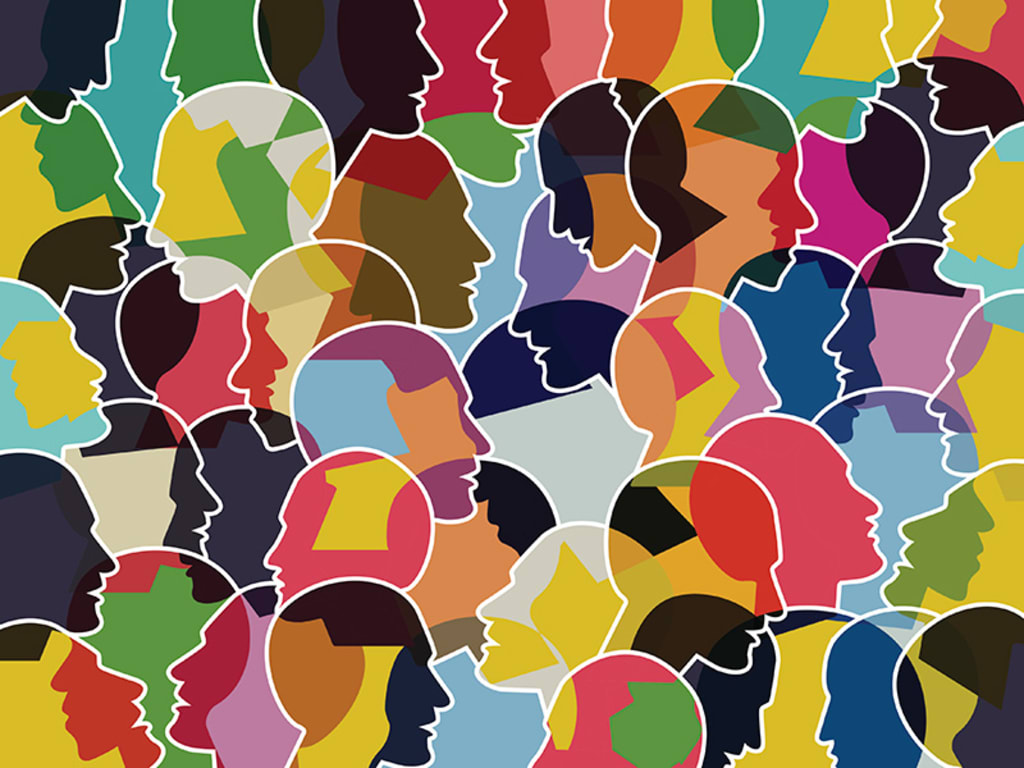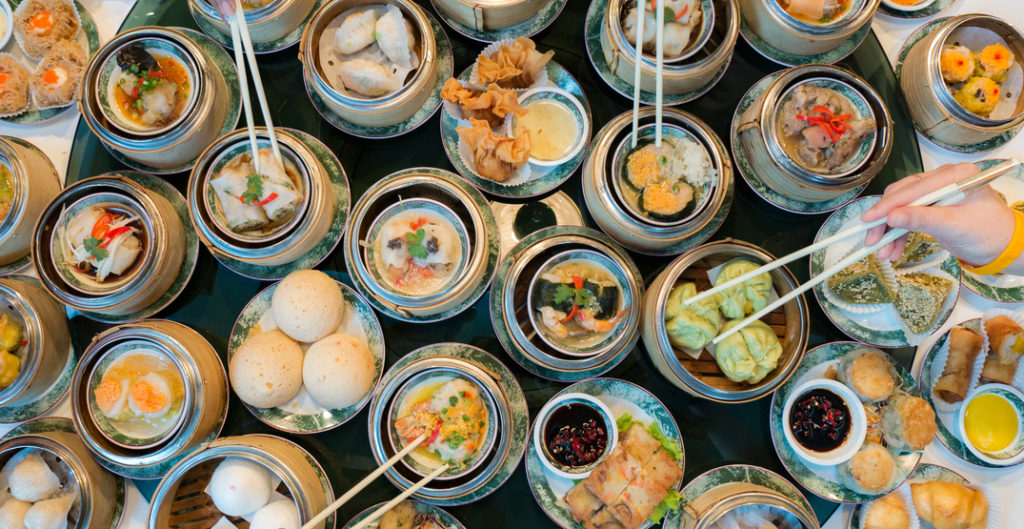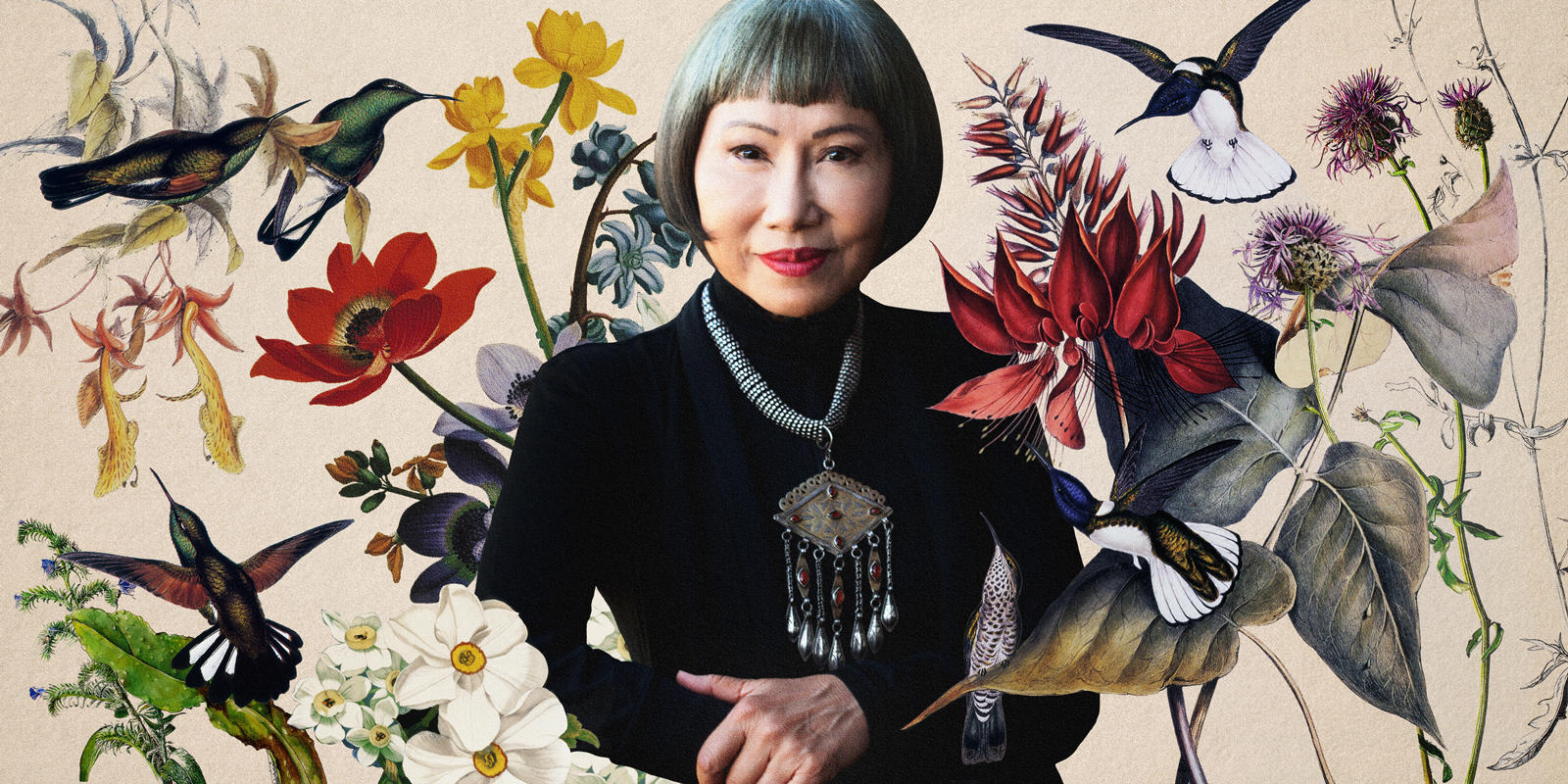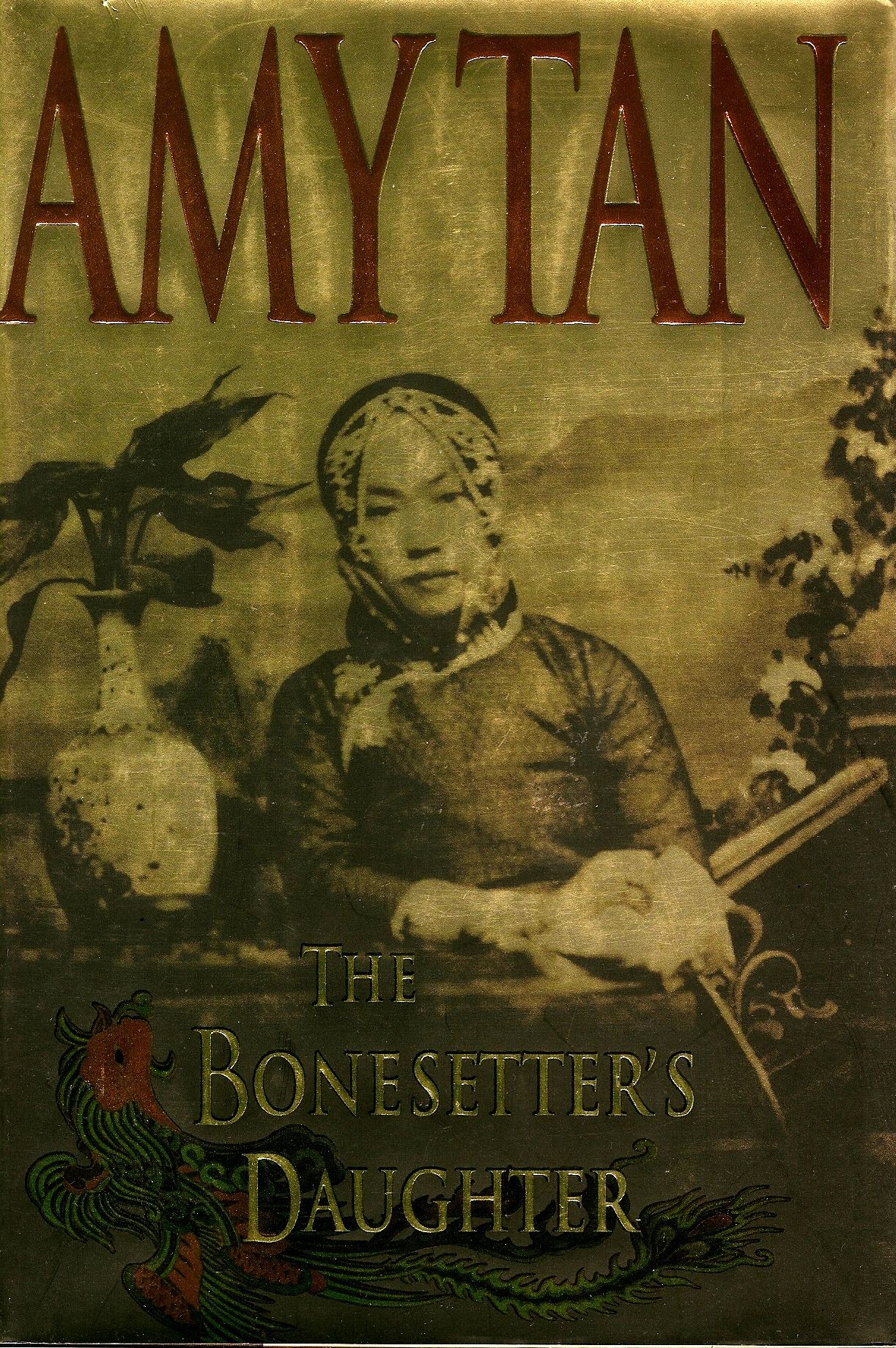Table of Contents Show
When asked about themselves, my mom could say that she is Chinese, and my dad could say that he is German – culture and heritage make up our cultural identity, which for many of us, describes who we are. But where does that leave someone like me… someone who doesn’t fit into the same cultural group as her parents… someone who doesn’t seem to have a group at all?
Personally, I used to feel that my mixed heritage was a burden that I had to deal with alone. After reading Amy Tan’s The Bonesetter’s Daughter, however, I’ve realized two things: 1) most people with multiple cultural influences in their lives probably relate to my experiences, making them more universal than I had thought; and 2) once culture is not the entirety of your identity, your heritage is a blessing. It’s all just a matter of perspective.
Cultural Identity Struggle
When I was younger, I found it very hard to feel like I had a group. In Chinese settings, I felt too white; when I went to Hong Kong, the locals called me a “white ghost” behind my back, and when I go to Dim Sum with my grandparents, I get strange looks because I don’t look like the typical Dim-Sum eater.
Likewise, in American settings, I felt too Asian; for example, when we were young, my friends didn’t know why I celebrated a second New Year in February. And because I didn’t know many “halfies,” as I typically call myself, I thought my struggle to feel a sense of belonging was unique.

However, after reading The Bonesetter’s Daughter, I recognized parallels between my experiences and those of the character Ruth Young, who is a first-generation American. As a teenager in the story, Ruth does the things that her American friends do; for example, she smokes cigarettes and goes to the beach after school. However, at home, her mother is very traditional in the sense that she primarily speaks Chinese, cooks Chinese food, etc. This means that at home she is whiter than her Chinese mother, but in public, she is not as white as her peers. I could relate.
Is It Only Halfies and Immigrants?
Studies show that halfies and immigrants are the most likely to have cultural identity issues. However, if these two groups can share similar experiences in which they don’t neatly fit into a cultural group, how many other people share that struggle? The truth is, I think a lot.

Let’s look at different generations within one culture… say a grandparent and a grandchild who share the same ethnicity. Whereas grandparents may be more traditional, grandchildren may be less so for a variety of reasons. Social media may have exposed the grandchild to other cultures and their respective foods, dances, and customs, making him question his own. In this case, the grandparent and the grandchild are technically part of the same cultural group, but it may not feel that way to the grandchild. Or maybe we have a family that moves to an area where they are among the few from their culture; possibly an Italian family moving into a Spanish community.
After a while, that family will probably pick up Spanish customs. When they see their larger (let’s assume more traditional) family again, will they feel Italian enough? I don’t think that only two types of people can struggle with their cultural identity. Rather, anyone who has had multiple cultural influences can relate. So, if you feel like you don’t belong, you are not alone.
It Doesn’t Have To Be A Burden
All that said, I don’t think culture or heritage has to be a burden when it makes you feel like you don’t belong. Instead, it can highlight a personal issue that you need to work on.
Finding A Different Type Of Identity
It is when your cultural identity and heritage are at the forefront of your identity that it can feel like a burden. But what if you didn’t answer the question of who you are with your heritage? I guess you could answer the question with some other group with which you identify yourself… maybe sexuality, profession, even the fact that you love sitcoms. But even then, many of us don’t fit into one group. We can still question where we fit in.
Therefore, the answer is that we shouldn’t determine who we are based on the groups with which we associate. Instead, we need to figure out who we would be if there were no groups in this world. For example, if there were no different races or sexualities or genders or anything of the sort, how would we describe ourselves? That is not to say that any of those things are bad – after all, our differences make us beautiful – but when you know the kind of person you want to be and how you want to function in this world, you aren’t trapped by the world’s definition of any specific group.
In The Bonesetter’s Daughter, Ruth undergoes the journey of finding and accepting herself. She has lived most of her life feeling like a victim of her mom’s demands and idiosyncratic ways, and she let people like her boyfriend Art walk over her. By the end of the story, she just accepts herself for who she is. She doesn’t apologize for herself, she tells people what she wants, she fixes her relationships with her mom and boyfriend, and she is just happier overall. It shows what happens when we are true to ourselves. And it shows that our cultural influences can be blessings if we stop letting them form our identities.
The Blessing Of Multiple Cultures
In my own life, I get to introduce my friends to Chinese baozi (similar to buns) and show them around Chinatown. I also get to compare my school experience to my grandfather’s from China and then compare that to my other grandfather’s experience in a highly concentrated German area. My mixed heritage lets me understand more about the world than I maybe would have seen otherwise; it keeps me from living entirely in a bubble.
Similarly, there is a scene in The Bonesetter’s Daughter in which Ruth hosts a Full Moon Festival dinner. It is a Chinese holiday that should be celebrated with family, so Ruth invites her mom and her mom’s sister’s family, as well as her American boyfriend, his American daughters, and his daughters’ American mom/parents. During dinner, the American people in attendance try different Chinese foods, and everyone just gets to be together. Overall, it’s a beautiful scene because the reader gets to see how different cultures can come together and enjoy the same things.
A Different Approach
This is the way it should be. Culture and heritage should make us come together. We should share them with one another so that we do not live isolated in this world. And most importantly, we should not feel like we have to fit neatly into one cultural group. We are all more than just our cultural identity.

